Best Halloween Costumes by Fabric Type
Have some fabric lying around and don’t know what to do with it? Below find our top list of Halloween costumes organized by fabric type (leather, latex, clear vinyl, 4-way stretch vinyl).
Halloween Costumes for Leather Fabric:
The most ubiquitous material on the list, leather has been around since the stone ages. You’ll see tons of leather and faux leather outfits this fall come October 31st. The most common: the catsuit. You can make a Catwoman catsuit, cosplay character based catsuit (Storm, Batwoman, Mantis…), or any number of themes based on this number.
Leather also works well for medieval based costumes. Don’t be the peasant with your flea-bitten rags at the renaissance! Lay on the leather and impress with corsets, arm-binders, and all sorts of leather accoutrements.
As you read through our list, you’ll find that there are a few outfits that transcend any fabric type: nurse, nun, maid, and vampire. These costumes are so popular at Halloween that you can take any material and create your own special version. Leather nurse, of course, leather nun – why not, leather vampire – as long as you through on a garter and some thigh-high boots.
Faux leather is easy to work with and we recommend a polyester thread with 90/14 stretch needle for our veggie stretch leather material. A teflon presser foot can come in handy if you have a hard time getting your presser foot to glide against the coated side of the fabric.
Halloween Costumes for Latex:
If you’re not in the know, let us explain the difference between latex and the other materials on this list. Latex is 100% rubber. Like a rubber band. There is no fabric backing, and like a rubber band the material is not shiny by default. You apply a latex-shine, similar to shining up your cars interior vinyl with armor-all, to achieve a high gloss shine.
Because latex sheeting does not have a fabric backing, most latex crafters glue the material. Can it be sewn? Sort of. You would need a silicone bath for your thread (the friction from the thread passing through latex will cause it to fray and break), you may need to glue pieces of latex onto the back side of your seam to prevent the holes from the needle from causing a tear if the seam is under stress, and you may want to use thicker latex for greater durability. In short we recommend gluing instead of sewing latex. Check out our tutorials for how to glue latex seams (it’s not the same method you would use for sewing).
Gluing latex takes longer than it would to sew a seam, BUT, the results are fantastic. You get a material and garment with the stretch of a rubber band! And that means super form-fitting garments that fit like a glove, and can be shined up to a sparkly gleam, or left matte for more of a mad max type of look.
Catsuits are an obvious choice for the material, but you can create anything you desire as long as you have a creative can-do spirit. Jackets and coats are probably not the best choice, as you’ll want to use designs that maximize the utility of latex’s incredible stretch, but we have seen customers create amazing non-stretch clothing from latex.
Regardless, some of our favorite latex Halloween costumes are shown below: Catwoman, bodysuit-based costumes, Harley Quinn, cocktail dresses, cosplay inspired looks, etc.
Clear Vinyl Halloween Costumes:
Clear vinyl has so many creative possibilities because it’s not a material that you see being worn very often. You can go the traditional route and create a skirt, dress, pants, or other standard clothing item from clear vinyl material and it will stand out because of the craziness of using clear vinyl.
Or you can get uber-creative with it and make a bubble-gum machine top, anything related to glass (think car window, boat window, airplane window, etc). We’ve also seen clear vinyl used in pop videos such as Robin Thicke’s dancers outfits in his music video Blurred Lines:
Stretch Vinyl Halloween Costumes:
Similar to faux leather, stretch vinyl has a fabric backing but the finish is much more high gloss. The shiny coating lends itself to creating plastic-like characters such as GI-Joe figurines, anime show personas, and animated television stars.
The glossy coating can also be used to create enhanced standard Halloween costumes: nun, maid, vampire, and nurse. We offer 3 types of vinyl fabric: patent vinyl, 2-way stretch and 4-way stretch. Besides the obvious difference in stretch characteristics (2-way stretches left to right but not up and down, whereas 4-way will stretch in all directions), the 2-way stretch vinyl is less expensive and the vinyl is typically not quite as soft as the 4-way. Our patent vinyl has almost no stretch and is thicker than the 2-way and 4-way. We recommend patent vinyl for jeans, jackets, aprons, straight-jackets, and corsets.
If you’re looking to save a few $$$ and you don’t need the quality of a 4-way stretch material, then by all means save a few dineros and go with the 2-way stretch. However, if you’re making a catsuit-based costume and you need the best fit, you’ll need the extra stretch that the 4-way vinyl provides.
Use a 90/14 leather needle with vinyl fabrics to ensure that you don’t get skipped stitches. You’ll also want a roller-foot or teflon presser foot to ensure that you can glide easily across the top of the shiny side of the fabric.


 Email App
Email App


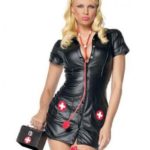





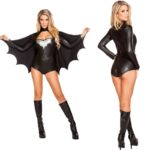
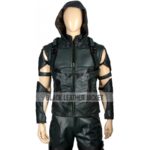
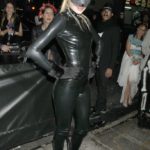











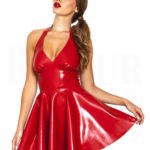

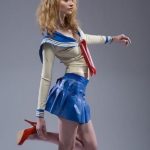
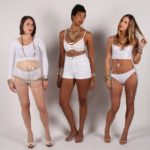
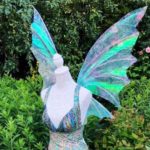
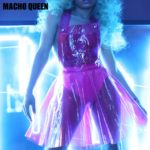
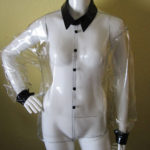
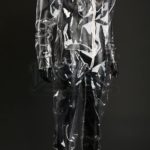

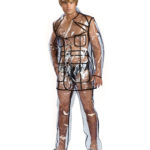
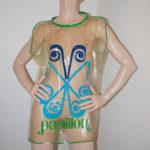
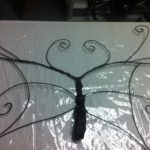

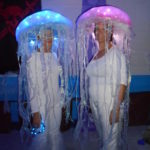
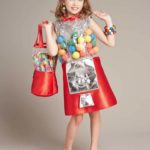

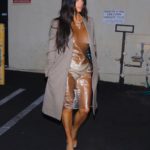

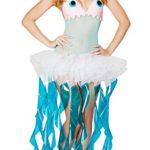
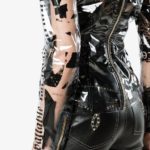
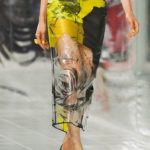
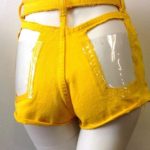
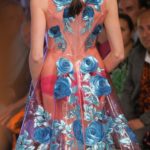

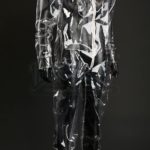


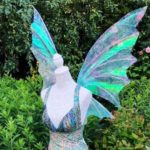



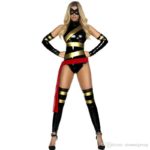


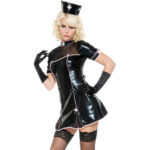
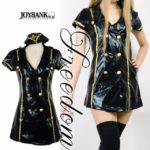
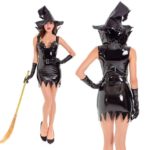



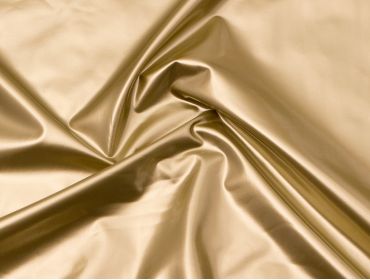
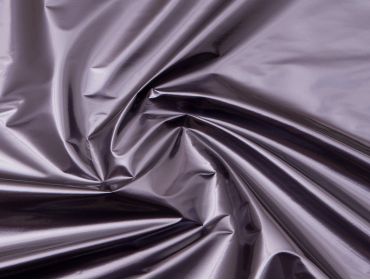
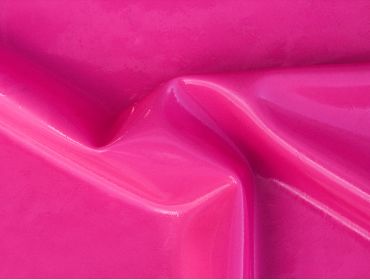
No Comments